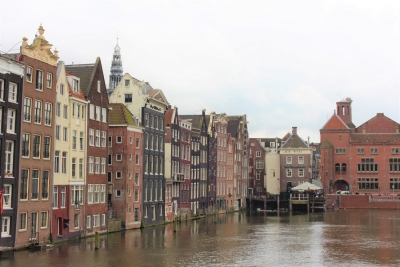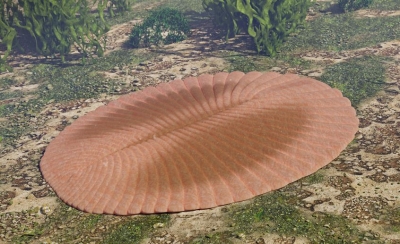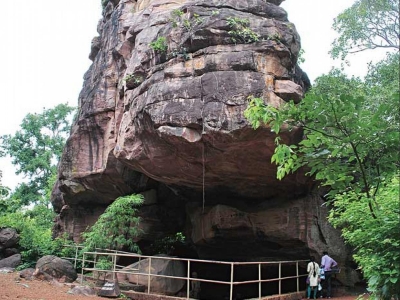
Known as the “Pink City of India” due to its distinctive pink coloured buildings, Jaipur is the largest city in the state of Rajasthan and one of India’s most stunning cities.
You may be wondering why it is called the “Pink City,” and this is all down to Maharaja Sawai Ram Singh who had the whole city painted pink in 1876, to entice Prince Albert and Queen Victoria to visit Jaipur as part of their tour of India, as pink was considered the colour of hospitality at the time.
There is so much to see in Jaipur and it has an amazing variety of palaces, forts, temples, monuments, museums, arts and crafts, and various market places to explore.
The city is known for its beauty, and it is unique in its straight-line planning. Its buildings are predominantly rose-coloured, and it is sometimes called the “pink city.” The chief buildings are the City Palace, part of which is home to the royal family of Jaipur; Jantar Mantar, an 18th-century open-air observatory that was designated a UNESCO World Heritage site in 2010; Hawa Mahal (Hall of Winds); Ram Bagh palace; and Nahargarh, the Tiger Fort. Other public buildings include a museum and a library. Jaipur is the seat of the University of Rajasthan, founded in 1947.
The city is surrounded by fertile alluvial plains to the east and south and hill chains and desert areas to the north and west. Bajra (pearl millet), barley, gram (chickpeas), pulses, and cotton are the chief crops grown in the region. Iron ore, beryllium, mica, feldspar, marble, copper, and garnet deposits are worked. In addition to Amer, other nearby attractions include Sariska National Park to the northeast.
Picture Credit : Google










